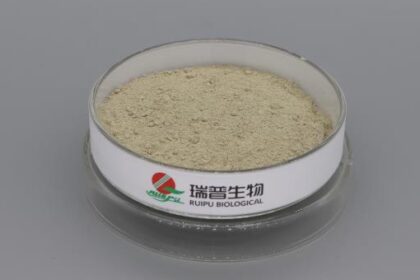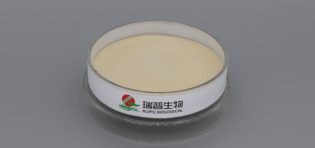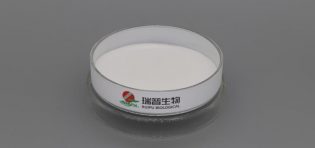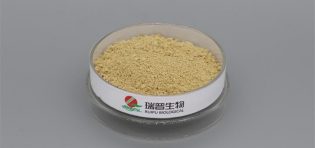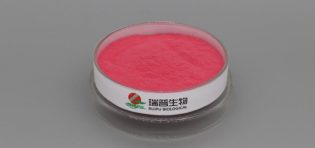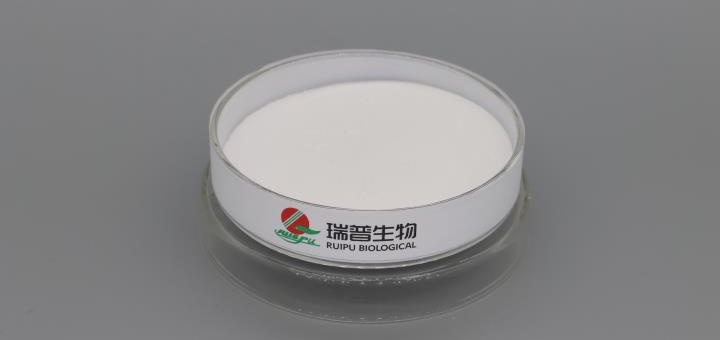
The market price of sodium malate, like the prices of many other chemical compounds, can be influenced by various factors.The pricing dynamics in the chemical market are complex and are often determined by a combination of supply and demand forces, production costs, market trends, and external factors.
The cost of raw materials used in the production of sodium malate can significantly impact its market price.Any fluctuations in the prices of raw materials, such as malic acid or sodium hydroxide, can influence the overall production costs and, consequently, the market price of sodium malate.
The basic economic principle of supply and demand plays a crucial role in determining market prices.If the demand for sodium malate increases or if the supply decreases, it can lead to higher prices.Conversely, if demand decreases or supply increases, prices may decrease.
Changes in the production costs, including energy costs, labor costs, and other operational expenses, can impact the market price of sodium malate.Manufacturers may adjust prices based on changes in their cost structures.
The level of competition in the market can influence pricing.If there are multiple suppliers of sodium malate, increased competition may lead to lower prices as companies strive to attract customers.Conversely, reduced competition might allow for higher pricing.
Emerging market trends and innovations in the use of sodium malate can influence demand. For example, if there is an increased demand for products containing sodium malate due to new applications or consumer preferences, it can impact prices.
Economic conditions, both globally and regionally, can affect the market price of sodium malate. Economic downturns may lead to reduced demand, impacting prices, while economic growth may stimulate demand and support higher prices.
Changes in trade policies, tariffs, or other international trade factors can impact the cost of importing or exporting sodium malate.Trade restrictions or tariffs can affect the final market price for the compound.
Changes in regulations related to the production, import, or use of sodium malate can affect its market dynamics.Compliance with new regulatory standards may lead to adjustments in production processes or costs.
Environmental considerations, such as regulations related to waste disposal or sustainable manufacturing practices, can influence production costs and, consequently, market prices.
These factors are interconnected, and the market price of sodium malate is influenced by a combination of these elements.Regular monitoring of market conditions, staying informed about industry trends, and understanding the broader economic context are essential for businesses involved in the production or trading of sodium malate.




